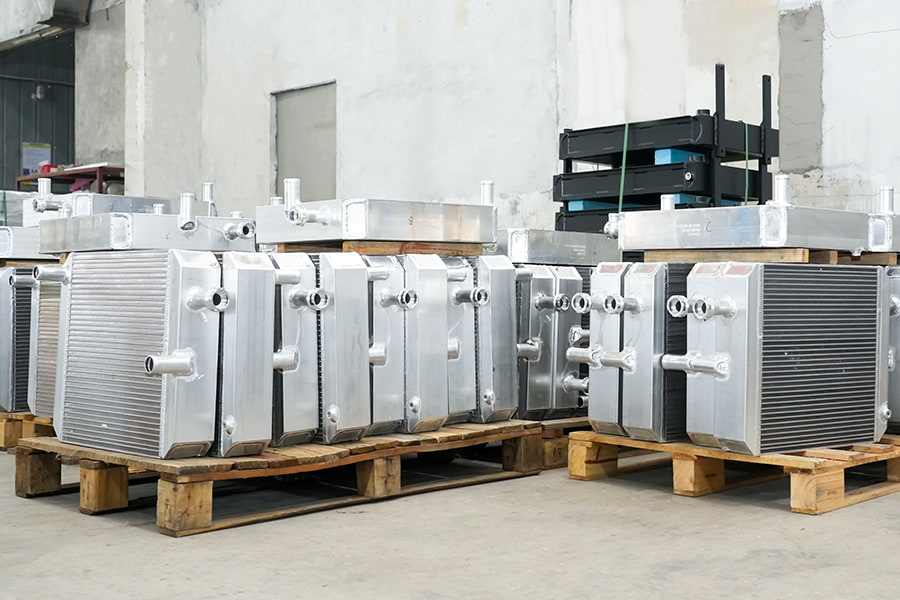 +86-13812067828
+86-13812067828
Introduction
A heat exchanger plays a critical role in the performance of any compressor system. It’s responsible for dissipating heat generated during compression, ensuring the system runs efficiently and safely. But what happens when the heat exchanger goes bad? This article explores the warning signs, potential damage, and steps to take when a compressor heat exchanger fails.
What Is a Compressor Heat Exchanger?
A compressor heat exchanger transfers excess thermal energy from the compressed gas to the surrounding environment or another fluid. This helps regulate temperatures, prevents overheating, and maintains the longevity of compressor components—especially the compressor itself.

Signs Your Heat Exchanger Is Failing
Overheating
If your compressor frequently shuts down due to high temperatures, a malfunctioning heat exchanger may be to blame. Inadequate heat dissipation leads to thermal buildup and system shutdowns.
Reduced Efficiency
A faulty heat exchanger compromises the system's ability to regulate temperature, causing the compressor to work harder. This leads to increased energy consumption and reduced output.
Unusual Noises
Gurgling or hissing sounds can indicate coolant leaks or pressure imbalances within the heat exchanger.
Leaks or Corrosion
Visible signs of corrosion, cracks, or fluid leakage around the heat exchanger are clear indicators of failure.
Pressure Drops
A damaged heat exchanger may restrict fluid or gas flow, resulting in noticeable pressure drops and performance issues.
What Causes Heat Exchanger Failure?
Corrosion: Over time, moisture, chemicals, or contaminants can degrade the internal surfaces of the heat exchanger.
Scale and Debris Buildup: Mineral deposits or dirt can block heat transfer surfaces, reducing efficiency.
Poor Maintenance: Lack of regular inspection, cleaning, or coolant replacement accelerates wear and tear.
Thermal Fatigue: Repeated heating and cooling cycles may cause material fatigue and cracks.
Manufacturing Defects or Improper Installation: Inadequate materials or poor assembly can shorten service life.
Consequences of a Bad Heat Exchanger
Compressor Damage: Overheating can cause oil breakdown, component warping, or complete compressor failure.
System Downtime: A failed heat exchanger often leads to unexpected shutdowns, delaying operations.
Increased Costs: Higher energy bills, repair costs, and potential equipment replacement add up quickly.
Safety Hazards: In severe cases, high pressure or temperatures may lead to safety risks such as system bursts or leaks.
What to Do If Your Heat Exchanger Fails
Shut Down the System: Prevent further damage by turning off the compressor immediately.
Inspect and Diagnose: Use thermal cameras, pressure gauges, or infrared sensors to pinpoint the issue.
Replace or Repair: Depending on the damage, the heat exchanger may need a thorough cleaning, part replacement, or full replacement.
Check the Compressor: Ensure the failure hasn’t caused secondary issues to the compressor itself.
Implement Preventive Maintenance: Schedule regular maintenance checks, flush fluids, and monitor system temperatures to prevent future failures.
Conclusion
When a compressor heat exchanger fails, the entire system is at risk. From overheating and efficiency loss to full compressor breakdowns, early detection and quick action are crucial. Understanding the warning signs and taking preventive steps can save time, money, and equipment.